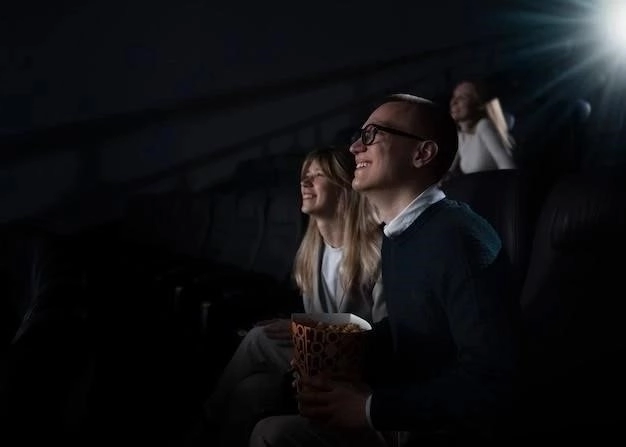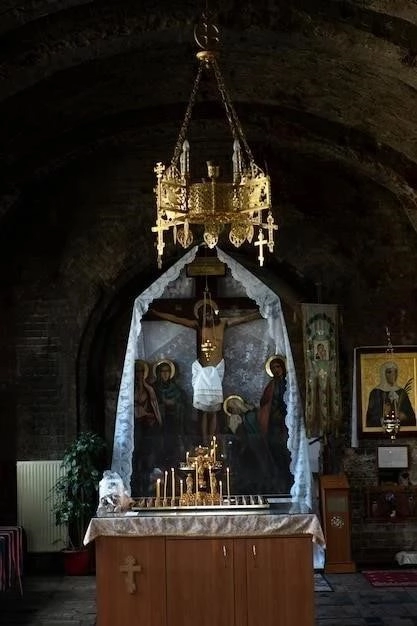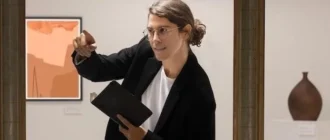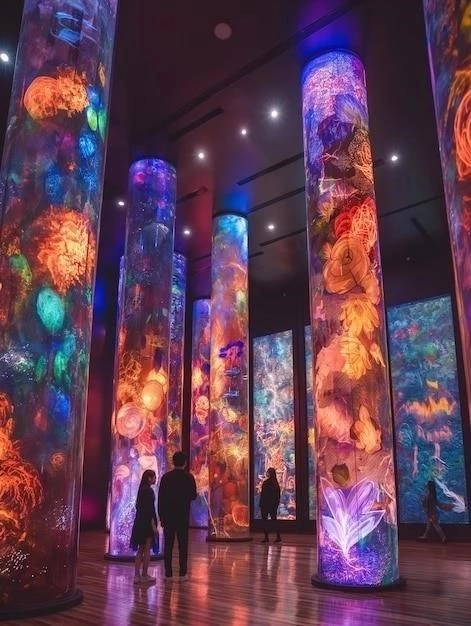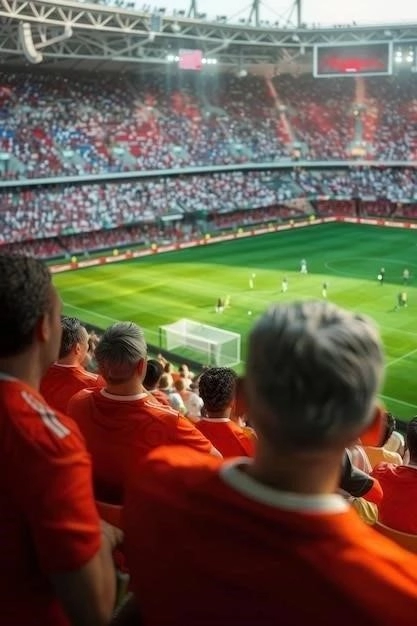Historical Overview and Neighborhood Identity
Initially inhabited by the Lenape people, Park Slope saw its transformation after the completion of Prospect Park in the late 19th century. The area quickly became a desirable residential location for wealthy New Yorkers seeking respite from Manhattan’s congestion. Grand brownstones and stately mansions arose, solidifying Park Slope’s image as an affluent and elegant neighborhood. This historical legacy continues to shape the neighborhood’s identity, attracting residents who appreciate architectural beauty and a strong sense of community.
Demographic Composition: A Predominantly White Affluent Community
Park Slope has long been recognized as an affluent neighborhood, characterized by a high concentration of white residents. According to recent census data, the neighborhood’s racial makeup is predominantly White, representing a significant majority of the population. This demographic trend has been relatively consistent over the years, solidifying Park Slope’s reputation as a predominantly white community.
The neighborhood’s affluence is evident in its high median household income, which surpasses citywide averages. Park Slope is home to a large number of professionals, including those in finance, law, and creative industries, who are drawn to the neighborhood’s attractive housing stock, excellent schools, and proximity to Manhattan. The presence of these high-income households contributes to a higher cost of living compared to other parts of Brooklyn and New York City as a whole.

Housing: A Focus on Brownstones and Their Appeal
Park Slope’s housing stock is renowned for its concentration of brownstones, which are a defining feature of the neighborhood’s architectural landscape. These stately row houses, constructed primarily in the late 19th and early 20th centuries, are coveted for their historical charm, spacious interiors, and prime locations along tree-lined streets.
The appeal of brownstones in Park Slope extends beyond their aesthetic qualities. These homes often feature multiple floors, high ceilings, and original architectural details, offering ample living space for families and individuals alike. Many brownstones have been meticulously renovated and modernized while preserving their historical integrity, further enhancing their desirability. The neighborhood’s commitment to preservation has helped maintain the architectural integrity of these historic homes, making them a coveted housing option for those seeking a blend of classic elegance and modern convenience.
Family-Friendly Environment: Parks, Schools, and Community Events
Park Slope has cultivated a reputation as a highly desirable neighborhood for families, owing to its abundance of green spaces, top-rated schools, and a strong sense of community. The neighborhood’s namesake, Prospect Park, serves as a sprawling backyard for residents, offering a wide array of recreational activities, from leisurely picnics to nature walks.
The presence of highly regarded public and private schools further enhances Park Slope’s appeal to families. The neighborhood is served by a network of well-regarded elementary, middle, and high schools, known for their academic rigor and commitment to providing a quality education. This concentration of educational excellence is a significant draw for families seeking the best possible educational opportunities for their children.
Beyond its parks and schools, Park Slope fosters a strong sense of community through a variety of family-oriented events and activities. Local organizations organize seasonal festivals, street fairs, and holiday celebrations, providing ample opportunities for residents to connect and foster a sense of belonging. The neighborhood’s commercial corridors are lined with family-friendly businesses, including bookstores, toy stores, and children’s clothing boutiques, catering to the needs of its youngest residents.
Lifestyle and Amenities: Catering to Upscale Tastes
Park Slope’s lifestyle is synonymous with upscale living, characterized by a sophisticated yet laid-back ambiance that appeals to a discerning clientele. The neighborhood’s commercial corridors, primarily along Fifth and Seventh Avenues, are lined with a curated mix of boutiques, restaurants, and specialty shops catering to upscale tastes.
Residents can indulge in a diverse culinary scene, ranging from Michelin-starred restaurants to cozy cafes and artisanal bakeries. The neighborhood is home to a thriving farm-to-table movement, with many eateries sourcing their ingredients from local farmers markets and purveyors. This emphasis on fresh, high-quality ingredients aligns with the neighborhood’s discerning palate and commitment to healthy living.
Beyond its culinary offerings, Park Slope boasts a thriving cultural scene. Art galleries, independent bookstores, and live music venues provide ample opportunities for residents to engage with the arts. The presence of the Brooklyn Academy of Music (BAM), a renowned performing arts center, further enhances the neighborhood’s cultural appeal, drawing world-class performances and attracting a sophisticated audience.
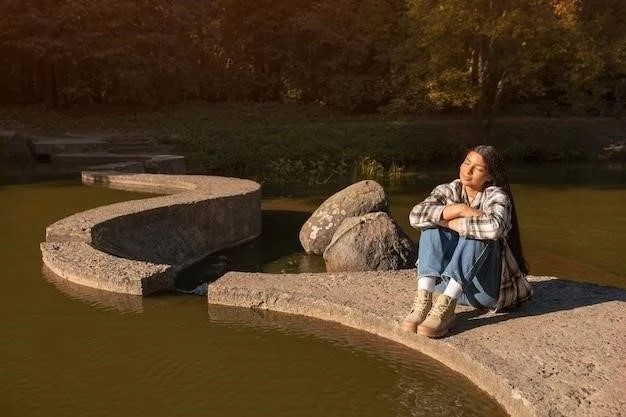
Racial Diversity and Socioeconomic Trends
While Park Slope is known for its affluent and predominantly white demographic, recent years have witnessed subtle shifts in its racial and socioeconomic composition. While the neighborhood remains predominantly white, there has been a gradual increase in the diversity of its residents, reflecting broader demographic trends in New York City.
The influx of new residents from diverse backgrounds has contributed to a slow but noticeable diversification of Park Slope’s racial makeup. This demographic shift is evident in the growing presence of families from various ethnic and racial backgrounds, enriching the neighborhood’s social fabric.
However, it is important to acknowledge that Park Slope continues to grapple with issues of affordability and socioeconomic disparity. The rising cost of living, driven in part by the neighborhood’s desirability, has posed challenges for some long-time residents and those from lower socioeconomic backgrounds. Efforts are underway to address these challenges, including the development of affordable housing options and initiatives to support local businesses owned by people of color.
Proximity to Prospect Park: A Major Draw for Residents
Park Slope’s proximity to Prospect Park, one of New York City’s most celebrated green spaces, is undeniably one of its most alluring features. The park’s sprawling 526 acres of meadows, woodlands, and recreational areas serve as a verdant oasis for residents seeking respite from the urban landscape.
Living within walking distance of Prospect Park offers residents unparalleled access to a wide array of recreational activities. The park’s well-maintained trails provide a picturesque setting for jogging, cycling, and leisurely strolls, while its numerous playgrounds offer children ample space to run and play. During the summer months, residents can enjoy concerts at the Bandshell, attend outdoor movie screenings, or simply relax with a picnic on the Long Meadow.
Beyond its recreational amenities, Prospect Park contributes significantly to the neighborhood’s overall quality of life. Its verdant landscape provides a sense of tranquility and escape from the bustling city, while its diverse flora and fauna offer opportunities for nature observation. The park’s presence enhances air quality, promotes physical activity, and fosters a sense of community, making it an invaluable asset to Park Slope residents.
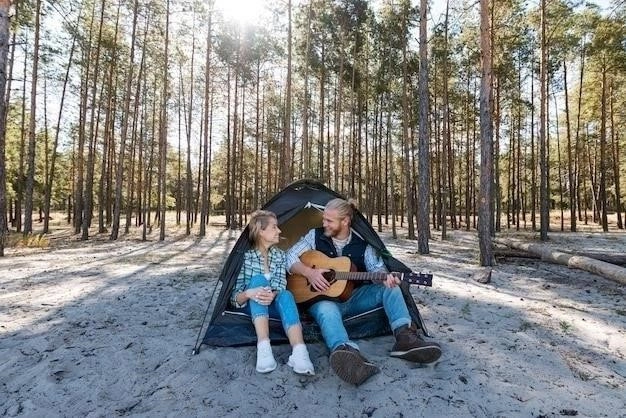
Education: Highly Ranked Public and Private Schools
Park Slope is renowned for its exceptional educational institutions, boasting a concentration of highly ranked public and private schools that draw families seeking top-tier education for their children. The neighborhood’s commitment to academic excellence is evident in the strong performance of its schools, which consistently rank among the best in New York City.
Park Slope is served by a network of highly sought-after public schools, part of the New York City Department of Education. These schools are known for their rigorous academic programs, experienced educators, and diverse student bodies. Many of Park Slope’s public schools offer specialized programs in areas such as the arts, sciences, and humanities, providing students with a well-rounded education that prepares them for future success.
In addition to its public schools, Park Slope is home to a number of prestigious private schools, including both secular and religiously affiliated institutions. These schools offer smaller class sizes, individualized attention, and a range of extracurricular activities. The presence of these highly regarded private schools further contributes to Park Slope’s reputation as a neighborhood that prioritizes education.

Cost of Living: Reflecting the Neighborhood’s Desirability
Park Slope’s desirability as a place to live is reflected in its cost of living, which is significantly higher than both the citywide average for New York City and the national average. The neighborhood’s prime location, coupled with its attractive amenities and strong sense of community, has created a high demand for housing, driving up prices across all sectors.
The real estate market in Park Slope is particularly competitive, with brownstones and other desirable housing options commanding premium prices. The median home value in Park Slope far exceeds the citywide median, making it one of the most expensive neighborhoods in Brooklyn. Renting in Park Slope is also costly, with median rents for apartments significantly higher than in many other parts of the city.
The high cost of living in Park Slope extends beyond housing. Groceries, dining, and entertainment options are generally pricier than in more affordable neighborhoods. The neighborhood’s upscale boutiques and specialty shops also contribute to a higher cost of living. However, many residents believe that the neighborhood’s many amenities and high quality of life justify the premium cost of living.
Safety and Security: A Generally Safe and Desirable Area
Park Slope has long been regarded as one of the safest neighborhoods in Brooklyn, with a reputation for low crime rates and a family-friendly environment. The neighborhood benefits from a strong sense of community, active neighborhood watch programs, and a visible police presence, all of which contribute to its overall safety.
Statistically, Park Slope consistently reports lower crime rates compared to other parts of New York City. Violent crime is relatively rare, and property crime rates are below the city average. The neighborhood’s well-lit streets, tree-lined sidewalks, and active street life create a sense of security and discourage criminal activity.
Families with young children are particularly drawn to Park Slope’s safe streets and abundance of playgrounds. Parents feel comfortable allowing their children to play outdoors and walk to school independently. The neighborhood’s strong community spirit and active resident involvement also contribute to a sense of collective responsibility for safety.
While Park Slope is generally considered very safe, it is important to note that no neighborhood is entirely immune to crime. Residents are encouraged to take common-sense precautions to protect themselves and their property, as they would in any urban environment.
Community Atmosphere: A Strong Sense of Local Identity
Park Slope is renowned for its strong sense of community, fostered by a shared appreciation for the neighborhood’s unique character and a commitment to maintaining its family-friendly atmosphere. Residents take pride in their neighborhood and actively participate in local events and initiatives that enhance its quality of life.
The neighborhood is home to a vibrant network of community organizations, block associations, and resident-led initiatives that address a wide range of issues, from beautification projects to advocating for better schools. Annual events, such as the Park Slope Civic Council’s House Tour and the Fifth Avenue Street Fair, bring residents together to celebrate the neighborhood’s unique character and foster a sense of belonging.
Park Slope’s commercial corridors, particularly along Fifth and Seventh Avenues, are lined with locally owned businesses, reflecting the neighborhood’s commitment to supporting small businesses and preserving its unique character. Residents frequent these establishments, fostering a sense of community and creating a vibrant street life.
The strong sense of community in Park Slope extends beyond organized events and initiatives. Neighbors often greet each other on the street, children play together in the park, and residents look out for one another. This strong social fabric contributes to a high quality of life and makes Park Slope a truly special place to live.


